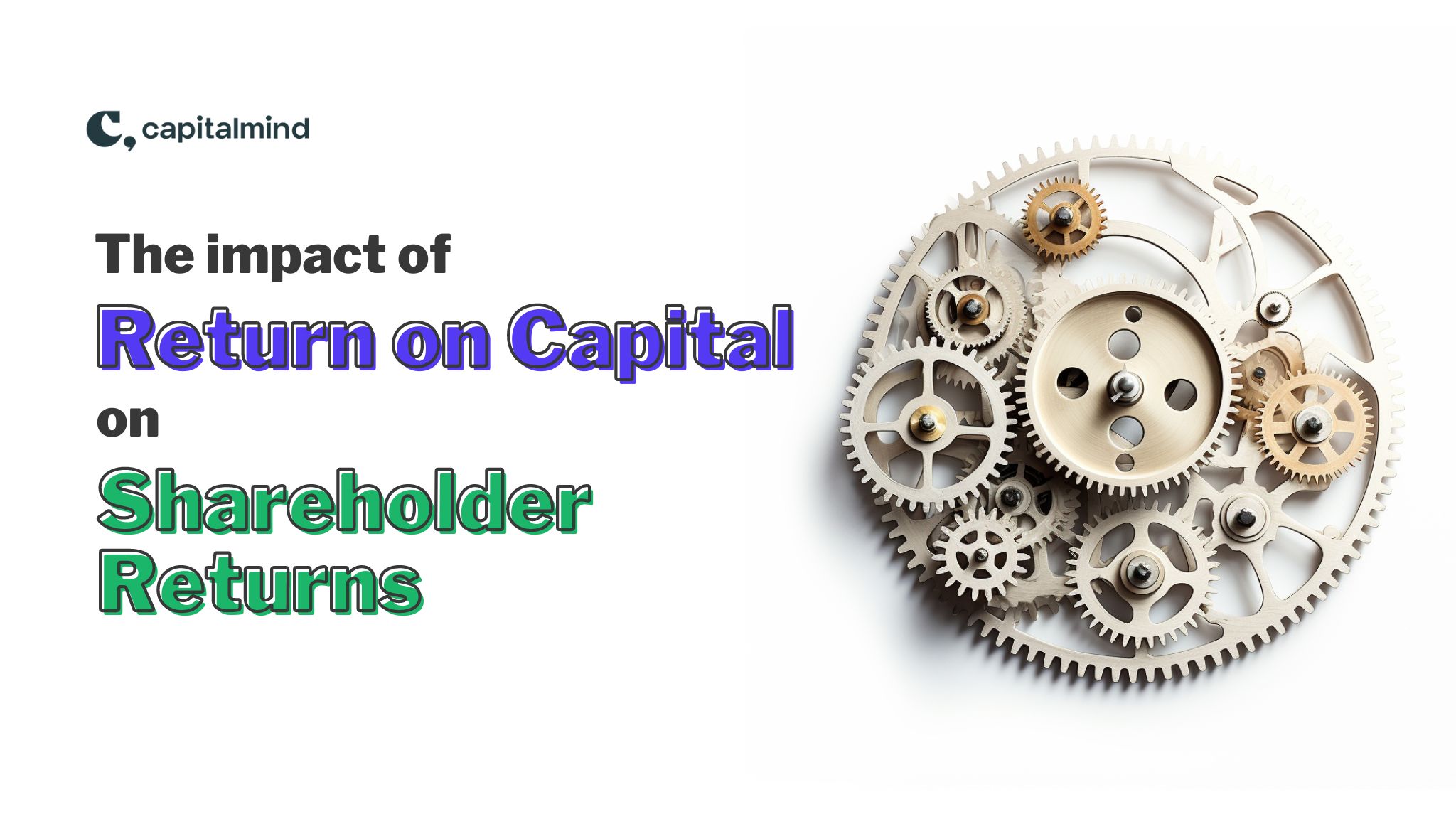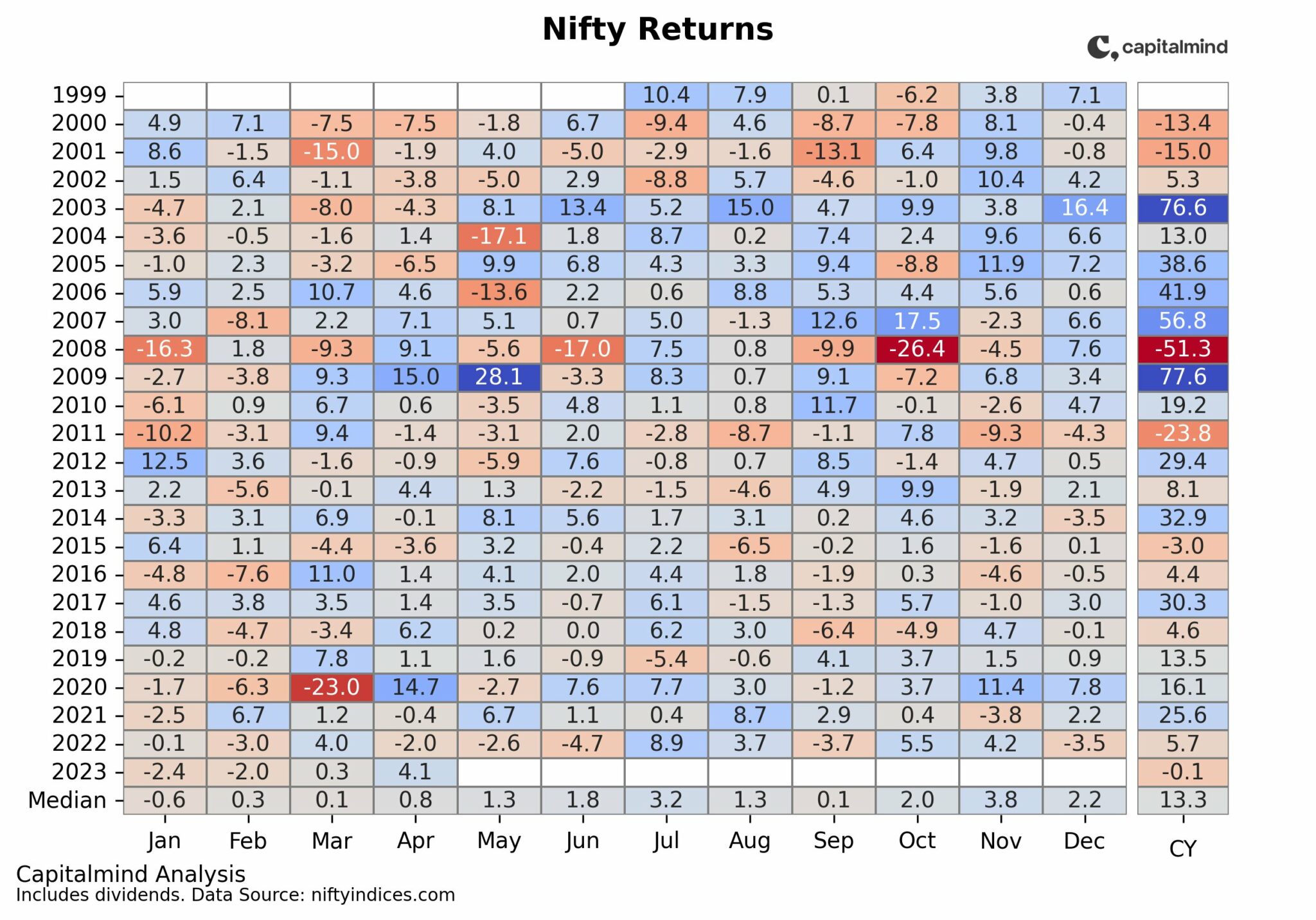How has India’s foreign exchange rate been in the past? Here’s the chart of the Indian Rupee versus the US Dollar, as it moved from the Rs. 7.5 in 1966 to nearly 72 today. (click for a larger pic)
The rupee dollar equation saw a 10x increase in the value of the dollar, but this was over 52 years, which means the average depreciation was a nice 5% a year (so far).
Read: Our view on why the rupee is bound to fall, and why 70 wasn’t a big deal.
The rupee falls in a short period then sees periods of long boringness, and then falls again, and so on. What’s it gone through?
The Controlled Days
In the beginning, there was no real USD INR equation. It was what the government said it was. You couldn’t buy dollars in any reasonable way. So the government told you what the rate was and you just believed it. There was also Bretton Woods, which dictated the value of the dollar in terms of gold, so every other country could fix their rate to the dollar as they saw fit too.
In the first big devaluation, we went from Rs. 4.76 to a dollar to Rs. 7.5, in 1966. The Indira Gandhi Government devaluated it after years of a deep current account deficits, two wars with China and Pakistan, and a drought. And then it stayed at that level for a long time.
In the 70s currencies were free to “float” – so they weren’t pegged to gold. India tried to keep the peg, to the Pound Sterling. In September 1975, India choose to de-peg from the Sterling, and chose to peg against a basket of curreceis instead. This then took the rupee to near Rs. 9 levels.
In the early 1980s, as the US saw two recessions and interest rates at 16%, the rupee started to depreciate faster as the US recovered. By 1985 it had fallen to Rs. 12 to the dollar, a 25% decline in the first half of the decade. This is a time when they hated any dollars going out of India, and if you’re as much a fossil as me, you will remember advertisements where some excited customs officials would open suitcases and bottles of perfumes would fall out, indicating that the bad person was the owner of the suitcase – how dare he use precious dollars to pay for perfumes? Perhaps they should have had a graph of the rapidly declining rupee in the background.
The Big Deal Of 1991
The last half of the 80s resulted in yet another big move on the rupee, to hit Rs. 18, a decade in which the rupee/dollar rate nearly doubled. But the real deal was yet to come.
In 1991 there were large scale reforms. Massive ones, like removing import quotas, export subsidies and so on. The rupee devalued by 20% almost instantly.
And then, in 1992, we partially floated the rupee. And did strange things like keep an official exchange rate (much lower) and a market rate – exporters had to surrender 40% of their dollar earnings at the official rate, and could only sell the remaining in the market. The rupee was then made convertible on the current account in 1993, but the official rate continues (shows on the graph as a flat line till 1996)
The rupee was at 31 to the dollar.
The 90s and the 2000 dotcom bust
The rupee continued to slide in the market, as we were only starting to open up. The rupee rapidly reached the 40 levels in 1998, even as India detonated nuclear bombs and got economic sanctions in return. This also meant the rise of the new software/IT exporters, who at Rs. 40 to a dollar were ludicrously profitable.
The dotcom bust took down world economies and India got hit as well. By 2002, the dearth of capital had take the USDINR to 48. Note this carefully – because we won’t see that level till the end of the decade.
As the Indian economy started to move back in 2002, and we liberalized further, allowing foreign investors to buy big time into our stocks, the dollar rate started to decline. Inflation was low too, in India. In the next 6 years the rupee fell back to below Rs. 40 to a dollar, and then came:
The Lehman Crisis of 2008
RBI was still managing the rupee constantly. It would keep buying the incoming dollars, and to sterilize the country from inflation by the rupees it had to print to buy those dollars, there were “sterilization bonds” issued. This was to not allow the rupee to appreciate too much, but it still had gone under 40.
The Lehman crisis changed everything. The financial world shut down in 2008. Crude prices first went to $140. The rupee couldn’t handle the rising import cost (crude/gold) and the outflow of dollars (foreign investors exiting) and boom, we saw 51 on the USD INR.
This again made the rupee attactive for exporters, and it ended the decade around the 45 levels.
This was an incredible decade. The 2000-2010 era, the “noughties”, saw the rupee start in the mid 40s and end in the mid 40s, seeing 38 on one side, and 51 on the other.
The 2011 and 2013 spurts in the dollar
Inflation in India was high. Very high. Compared to the US or the west, who could kill for any amount of inflation, India saw near double digit inflation, and the rupee took it on the chin, first crossing 50 in 2011.
In 2013, the loose monetary policy of the west was going to be unwound. Or so the rumour went. And there was a market “tantrum”. The very idea that money wouldn’t flow like water was enough to spook investors and take money out of emerging markets. India saw a sudden move, in July and August 2013, where the rupee went straight to Rs. 68.
Enter Raghuram Rajan and the bankers in India pushed him to create an RBI guaranteed NRI fixed deposit to stabilize the rupee. RBI would lend banks rupees at 3.5% interest rate, if they gave the RBI dollars taken from new NRI deposits. The exchange rate was guaranteed, so they would max see a devaluation of 3.5% per year. Interest rates were at 9%, so the banks could offer dollar returns of 5.5% per year. This was way higher than anything else the NRI had seen – imagine, dollar returns, quasi-guaranteed by a $400 billion owning RBI – and they piled on, bringing in $30 billion in a couple months.
The “taper-tantrum” ended soon, and we saw the rupee fall to below Rs. 60 on the USD.
Cut to 2018: 72
We’re close to 72 in 2018. The slide, this time, is about all emerging markets sliding against the dollar. The Ruble is down 20%. The Brazilian Lira 25%. The Turkish Lira is off the chart. India’s only 11% down in a year. But that’s the highest we’ve seen as an annual change since the taper tantrum.
It might get worse too. We’re not in a “volatile” zone yet, going from the past. But the point of this post is to highlight how crazy it’s been for the rupee. The 90s saw the rupee move from 18 to 40. The noughties saw nothing. The tens-ies, the current decade, has seen us go from 45 to 72, and we could quite easily hit 80 without making the above graph look too odd.
History’s always going to give us context. This chart, we hope, has helped.




